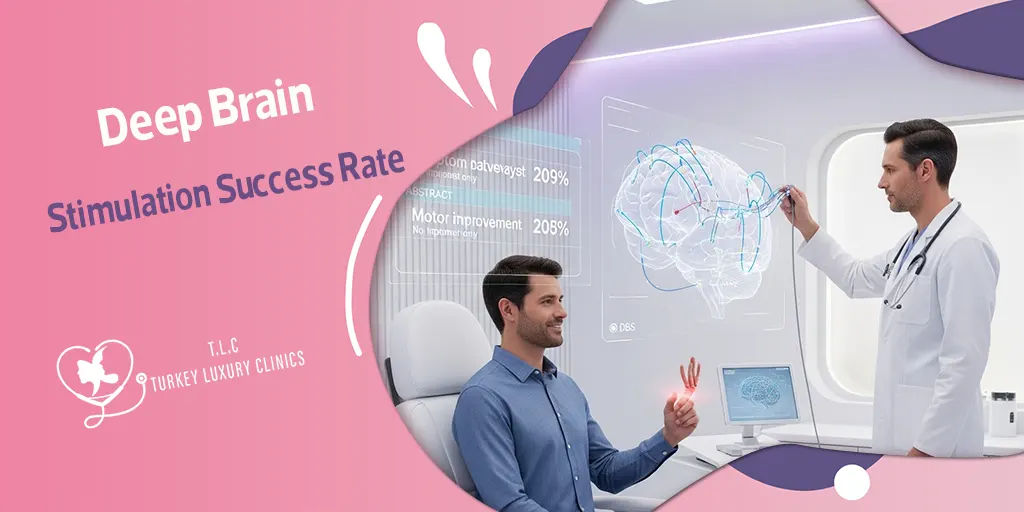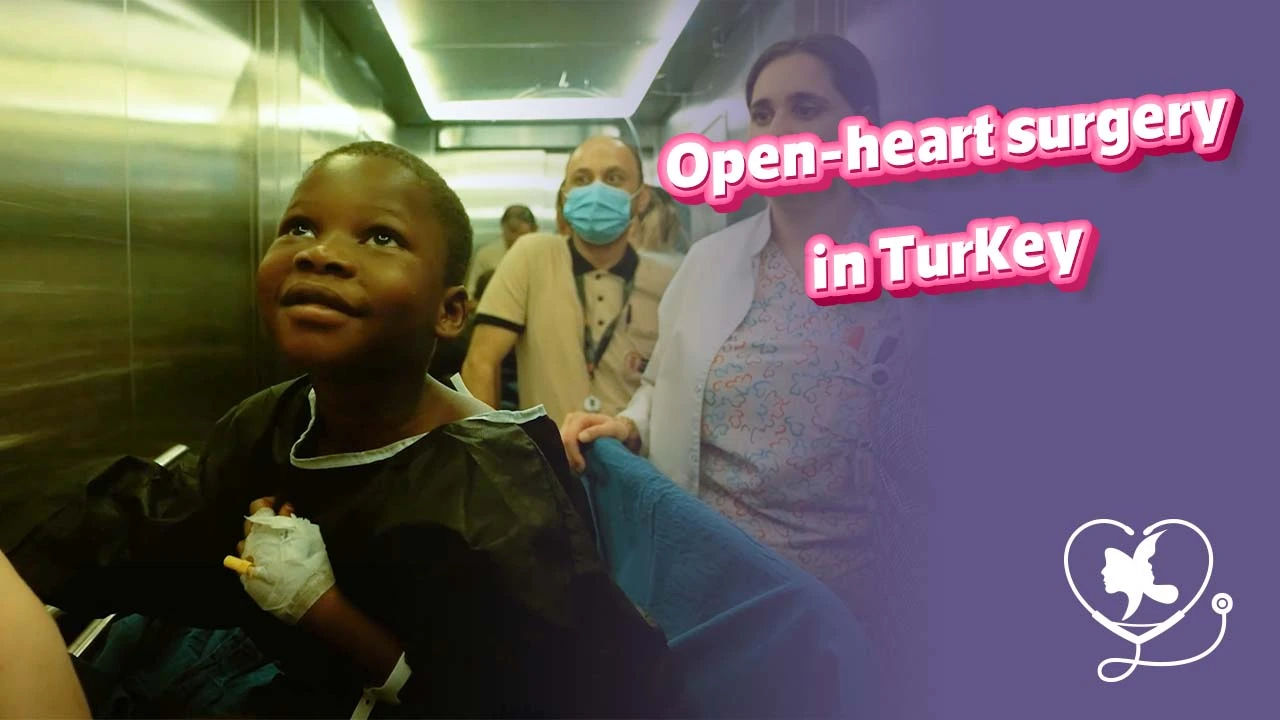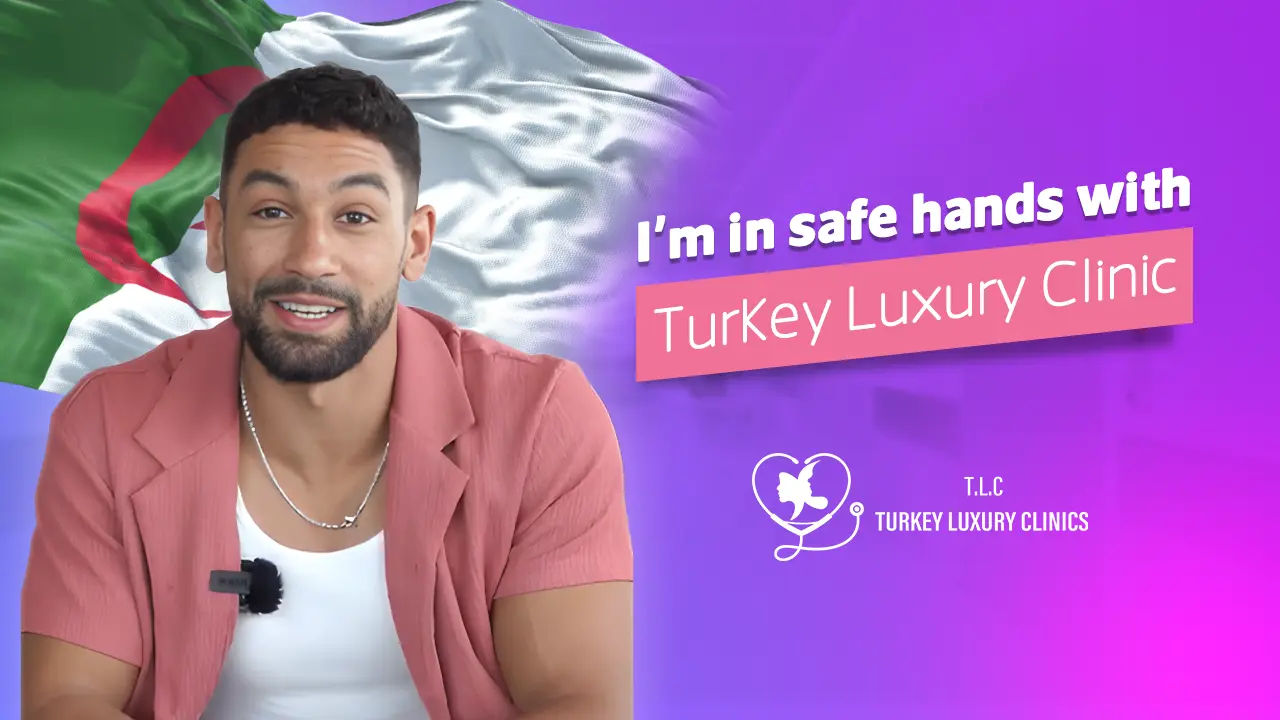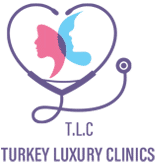- - What is the Deep Brain Stimulation Success Rate?
- - Deep Brain Stimulation Success Rates for Different Conditions
- - Reasons Leading to Deep Brain Stimulation Surgery Failure
- - Factors Affecting Deep Brain Stimulation Success Rate
- - Parkinson's Deep Brain Stimulation Success Rates
- - Long-Term Success of DBS for Parkinson’s Disease
- - Deep Brain Stimulation vs. MRgFUS Success Rates
- - Get Safe and Successful DBS at Turkey Luxury Clinics
- - FAQs About Deep Brain Stimulation Success Rate
Deep Brain Stimulation (DBS) has become a leading treatment for neurological conditions such as Parkinson’s disease, essential tremor, dystonia, epilepsy, and obsessive-compulsive disorder. The DBS success rate is generally high, ranging from 50% to 90%, depending on the condition and severity of symptoms. For Parkinson’s patients, DBS is highly effective, although outcomes vary based on the type of symptoms being treated.
Explore with Turkey Luxury Clinics the success rates of DBS for Parkinson’s and other disorders, the key factors that influence effectiveness, and what patients can realistically expect in the years following surgery.
What is the Deep Brain Stimulation Success Rate?
DBS typically provides 50–90% improvement in symptoms, depending on the diagnosis and the area of the brain being stimulated.
Deep brain stimulation (DBS) for Parkinson's disease has a high success rate for symptom management, with studies showing an average reduction of over 50% in motor symptoms and a decrease in medication-induced dyskinesias by 60% to 80% patient satisfaction rates often exceed 90%.
Most patients report that daily tasks become easier, movement becomes smoother, and fluctuations in symptoms decrease significantly.
What is Expected from a Successful DBS Surgery?
- ِAround 10 years with improved symptoms and better quality of life.
- Reduced tremors or involuntary movements, making everyday tasks easier
- Improved mobility and stability throughout the day
- Greater independence in activities like writing, eating, walking, or dressing
- Decreased reliance on strong medications and fewer side effects
- Better overall quality of life, including improved sleep, confidence, and social interactions
- Long-term, consistent symptom control with proper follow-up
Deep Brain Stimulation Success Rates for Different Conditions
| Condition | DBS Success Rate |
| Essential Tremor (ET) | 60–90% tremor reduction |
| Parkinson’s Disease (PD) | 50–60% motor improvement |
| Dystonia | 50–80% symptom reduction |
| Obsessive-Compulsive Disorder (OCD) | 60% response rate |
| Epilepsy | 56% seizure reduction after 2 years |
Deep brain stimulation (DBS) success rates vary by condition, but studies show it is highly effective for Parkinson's disease, with up to 89% improvement in motor function for some patients and high long-term satisfaction rate.
Here’s a detailed look at the success rates of deep brain stimulation (DBS) for different neurological conditions and what patients can expect in terms of symptom improvement:
1. Deep Brain Stimulation Success Rate for Essential Tremor (ET)
Patients with essential tremor often experience a 60–90% reduction in tremors after DBS, improving hand coordination, daily tasks, and overall independence. Many notice rapid improvement within minutes of activating the device, making activities like writing, eating, or drinking easier. These benefits remain durable over time, helping patients regain confidence, maintain independence, and restore control over daily life.
2. Deep Brain Stimulation Success Rate for Parkinson’s Disease
For patients with Parkinson’s disease, DBS can provide significant relief from motor symptoms for those who are suitable candidates.
DBS can provide 50–60% motor symptom improvement for Parkinson’s patients, reducing tremor, rigidity, and slowness of movement while enhancing quality of life
Patients often notice fewer “off” periods, smoother movement throughout the day, and a reduced need for medications, which can also lower side effects. Overall, DBS can help restore stability, independence, and a better quality of life for many individuals.
3. Deep Brain Stimulation Success Rate for Dystonia
For dystonia, DBS often leads to 50–80% gradual symptom reduction, helping patients control involuntary muscle contractions and improve posture. Improvements usually develop over weeks or months and continue steadily, providing long-lasting benefits. Early intervention and proper patient selection maximize the chances of meaningful and sustained improvement.
4. Deep Brain Stimulation Success Rate for OCD
Patients with treatment-resistant OCD may experience a 60% response rate after DBS, with noticeable reductions in compulsive behaviors and improved daily functioning. Improvements develop gradually over several months of device programming, helping patients regain control over intrusive thoughts, ease daily tasks, and reduce overall distress. Many report long-term relief and a better quality of life.
5. Deep Brain Stimulation Success Rate for Epilepsy
For patients with drug-resistant epilepsy, DBS is used as a long-term therapy rather than an emergency solution.
The goal is to reduce seizure frequency and severity, giving patients better control over their daily lives.
Most patients experience a median 56% decrease in seizures within the first two years, and many continue to see improvement with ongoing follow-up and device adjustments. Seizures that do occur tend to be less severe, and recovery periods are often shorter.
Because the brain gradually adapts to stimulation, the benefits of DBS can continue to grow over time, providing lasting relief and helping patients regain confidence and stability in daily activities.
Reasons Leading to Deep Brain Stimulation Surgery Failure
While DBS is highly effective for many patients, it may not always achieve the expected results. This can happen if the symptoms are not directly linked to the brain area targeted by DBS, or if the patient has an atypical or advanced stage of the disease. Pre-existing cognitive decline can also limit the benefits.
In some cases, the electrode may be slightly off-target, or the patient’s expectations may be unrealistic. Insufficient follow-up programming after surgery can further reduce the effectiveness.
Improper patient selection, inaccurate electrode placement, and improper post-operative care usually lead to unsatisfactory or failed DBS surgery.
Factors Affecting Deep Brain Stimulation Success Rate
The success of Deep Brain Stimulation (DBS) surgery depends on several factors, including patient characteristics, surgical expertise, and post-operative care. Understanding these can help patients and caregivers know what to expect and how to maximize outcomes.
1. Patient-Specific Factors
- Age: Older patients may have lower success rates and less long-term benefit.
- Symptom Severity: Severe gait, balance, or speech issues that do not respond to medication may limit improvement.
- Cognitive or Psychiatric Issues: Dementia, confusion, or severe psychiatric conditions can reduce the effectiveness of DBS.
- Disease Duration: Longer disease duration, especially in older patients, can impact results.
2. Experience of Hospital and Surgeon:
High-volume centers that depend on experienced surgeons and multidisciplinary team achieve better outcomes. DBS surgery need collaboration among neurologists, neurosurgeons, and neuropsychologists to ensures proper programming, medication management, and follow-up care.
3. Accurate placement of electrodes:
The success of DBS depends largely on stimulating the right area of the brain. For most patients, the subthalamic nucleus (STN) or the globus pallidus interna (GPi) are targeted. Accurate targeting of these regions ensures the best improvement in symptoms such as tremor, rigidity, and involuntary movements.
4. Device-Related Factors:
Proper selection of the electrode size, battery management, and generator type are important for long-term success. Also, device issues, such as misplacement of the electrode or hardware malfunctions, reduce effectiveness and lead to DBS surgery failure
5. Medication and Supportive Therapy
DBS often allows for reduced medication, but careful adjustment and regular programming is needed to maximize benefits and minimize side effects somtimes medication can be used too. Also, supportive therapies, such as physiotherapy or occupational therapy, can further enhance DBS success rate and improve mobility, daily functioning, and overall quality of life.
Parkinson's Deep Brain Stimulation Success Rates
Deep brain stimulation for Parkinson's disease success rate average around 50% proven highly effective for managing motor symptoms in patients with Parkinson’s disease. Many individuals notice significant improvements in tremors, stiffness, and slowness of movement (bradykinesia), allowing them to regain control over everyday activities.
Long-term studies indicate that about 75% of patients find DBS helpful in managing their symptoms, and overall satisfaction with the procedure remains high even after more than 10 years. While DBS does not stop the progression of Parkinson’s disease, it provides durable relief and enables many patients to maintain independence and quality of life for over a decade. Read more about how long DBS lasts for Parkinson’s
Long-Term Success of DBS for Parkinson’s Disease
Deep brain stimulation can provide significant and often immediate relief from Parkinson’s symptoms such as tremor, rigidity, and slowness of movement, improving daily functioning and quality of life. Over the long term, many patients continue to experience durable benefits, although the effectiveness may gradually diminish as the disease naturally progresses.
After about 5 to 10 years, some symptoms—particularly gait, balance, and speech—may start to worsen despite ongoing stimulation. This decline usually reflects the underlying progression of Parkinson’s rather than a failure of the device itself. Regular follow-up and careful adjustment of DBS settings can help maintain symptom control and prolong the improvements for as long as possible.
You may like Is Parkinson’s Considered a Disability?
Deep Brain Stimulation vs. MRgFUS Success Rates
Both deep brain stimulation (DBS) and magnetic resonance-guided focused ultrasound (MRgFUS) are highly effective for reducing tremors, but they differ slightly in approach and long-term outcomes.
MRgFUS often produces immediate improvement, with studies reporting high success rates between 91% and 100%. Also, MRgFUS is generally associated with fewer long-term side effects, making it an appealing option for some patients.
DBS, on the other hand, shows longer-term success rates ranging from 75% to 89.5%, with tremor reduction comparable to MRgFUS, particularly in the more affected hand. For patients with bilateral tremors or axial tremors, DBS, especially bilateral DBS, can provide superior control.
Ultimately, the choice between DBS and MRgFUS depends on individual patient needs, tremor patterns, and tolerance for surgical intervention, with both therapies offering significant relief for tremor-related disability.
Deep brain stimulation is worth its cost for most qualified patients, discover Deep Brain Stimulation Cost 2025
Get Safe and Successful DBS at Turkey Luxury Clinics
Considering Deep Brain Stimulation (DBS)? Our experienced specialists provide thorough evaluations, personalized treatment plans, and long-term follow-up to help you achieve the best results. Contact Turkey Luxury Clinics today to take the next step toward improved symptom control and independence.









.webp)
.webp)
.webp)
.webp)

